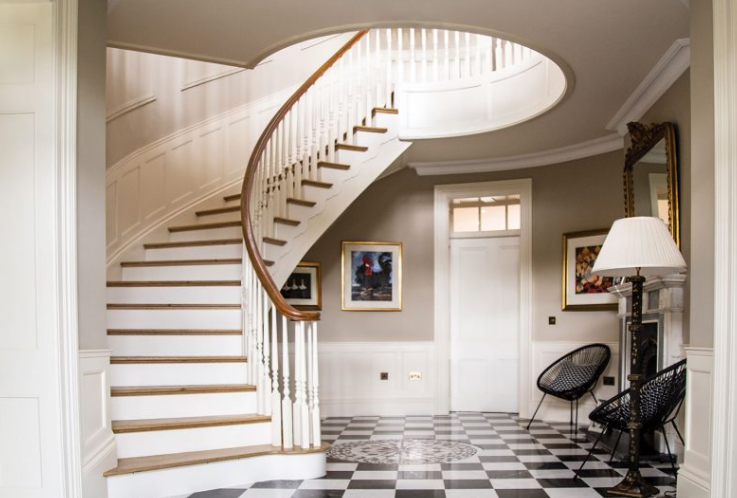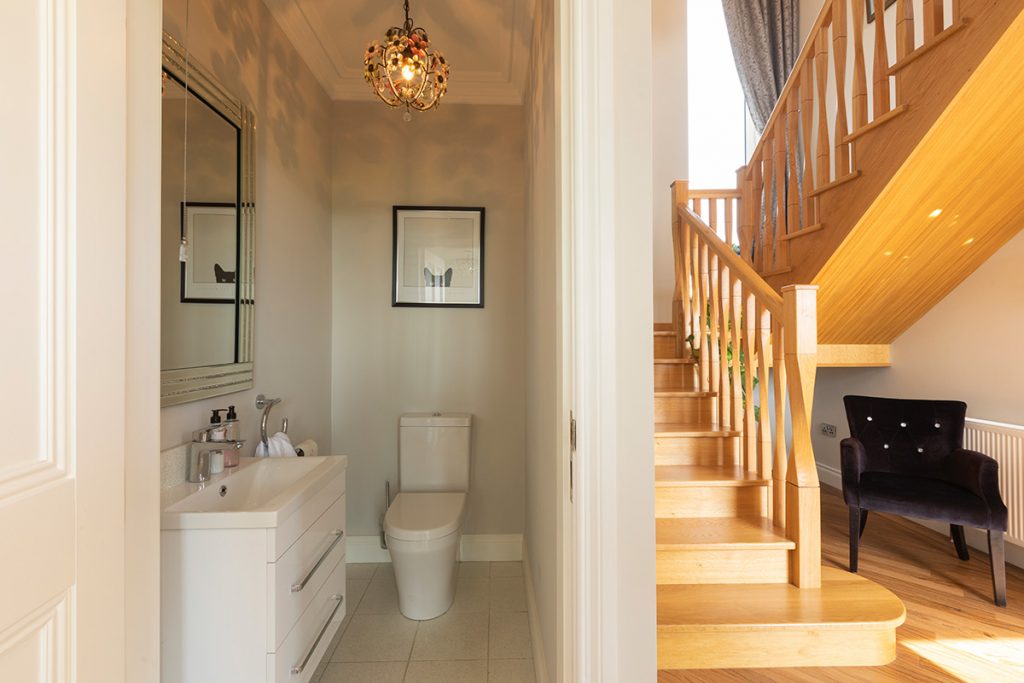Stair balustrades are integral components of staircases, serving both functional and aesthetic roles. Originating from the lavish balconies and palaces of 15th-century Venice and Verona, balustrades have evolved in materials, design, and utility. This article will delve into the rich history, varied materials, and modern adaptations of stair balustrades, offering insights for those keen on incorporating them into their spaces.
The Historical Journey of Balustrades
Balustrades, primarily a safety feature, consist of vertical shafts or sticks known as balusters, supporting a handrail. In their inception, balusters bore a distinctive vase-like shape, made from materials like timber, stone, metal, or plastic. These structures found their place in the architectural vernacular of the Renaissance, adorning the palatial edifices of Italy.
The turning of balusters on a lathe marked a significant development, offering specificity in form and allowing architects and historians to date furniture and architectural elements based on baluster style. This technique also allowed for a halved baluster design, popular in the Arts and Crafts movement.

Modern-Day Evolution and Adaptations
Today, the availability and variety of timber spindles are expansive, encompassing diverse styles like square, stop chamfered, stopovolo, and Georgian. Contemporary designs have also made a remarkable entry into the balustrade market. However, the core function remains to provide safety, preventing falls from heights on stairs, landings, and other elevated platforms.
Modern self-builders have various options, from custom-made designs crafted by artisans, prefabricated options from specialized companies, to cost-effective solutions from DIY stores. Each choice offers different styles, catering to varied aesthetic preferences and budget constraints.
Material Diversity in Balustrades
Timber continues to dominate the balustrade material palette due to its versatility and traditional appeal. However, advancements in technology have facilitated the usage of diverse materials like iron, steel, plastics, wire, stone, and others, enabling designers to restore and replicate existing balusters with ease and precision.
Vinyl and aluminium are popular choices due to their customizability in shape and color. They are durable, requiring minimal maintenance, making them ideal for outdoor applications. Companies specializing in cast stone offer alternatives like cast limestone, providing texture comparable to Portland stone at a fraction of the cost. This man-made stone offers a realistic appeal with subtle variations in each piece, necessitating minimal upkeep.
The Sleek Appeal of Glass Balustrading
Glass balustrading has emerged as a popular choice for those seeking a modern, sleek aesthetic. Traditional timber staircases undergo transformation by replacing timber spindles with sheets of toughened and laminated glass. This contemporary adaptation can either incorporate handrails or consist of glass alone. The glass sheets are secured using different clips and fixings, adhering to safety regulations like the 100mm gap rule.
The aesthetic allure of glass extends to creating entire glazed screens running from stair tread to ceiling or floor to ceiling, offering a transparent wall. These adaptations necessitate meticulous maintenance as markings from dirty hands can mar the visual appeal, especially in households with children.

Glass Balustrading in Outdoor Settings
Outdoor settings with scenic views benefit immensely from glass balustrading. They shield from winds while preserving the view, extending the usability of balconies, terraces, and other leisure areas throughout the year. Even compact rooms incapable of accommodating proper balconies can employ fixed glass panels at inward-opening French windows, creating Juliette balconies and offering a semblance of outdoor space.
Considerations and Maintenance
While the aesthetic appeal of balustrades, especially glass ones, is undeniable, they require diligent upkeep. The transparency of glass demands regular cleaning to avoid unpleasant appearances. The material choices also need careful consideration, depending on the application, be it indoor or outdoor, and the corresponding maintenance and repair requirements.
Conclusion
Stair balustrades have traversed a long, transformative journey from their inception in 15th-century Italy. They meld safety with aesthetic appeal, offering varied material and design choices. From the traditional charm of timber to the modern sleekness of glass, balustrades can be tailored to individual preferences and needs. Whether you are restoring an old building or constructing a new one, understanding the evolution, materials, and maintenance of balustrades will aid in making informed decisions, ensuring the structure’s safety, longevity, and visual harmony.





